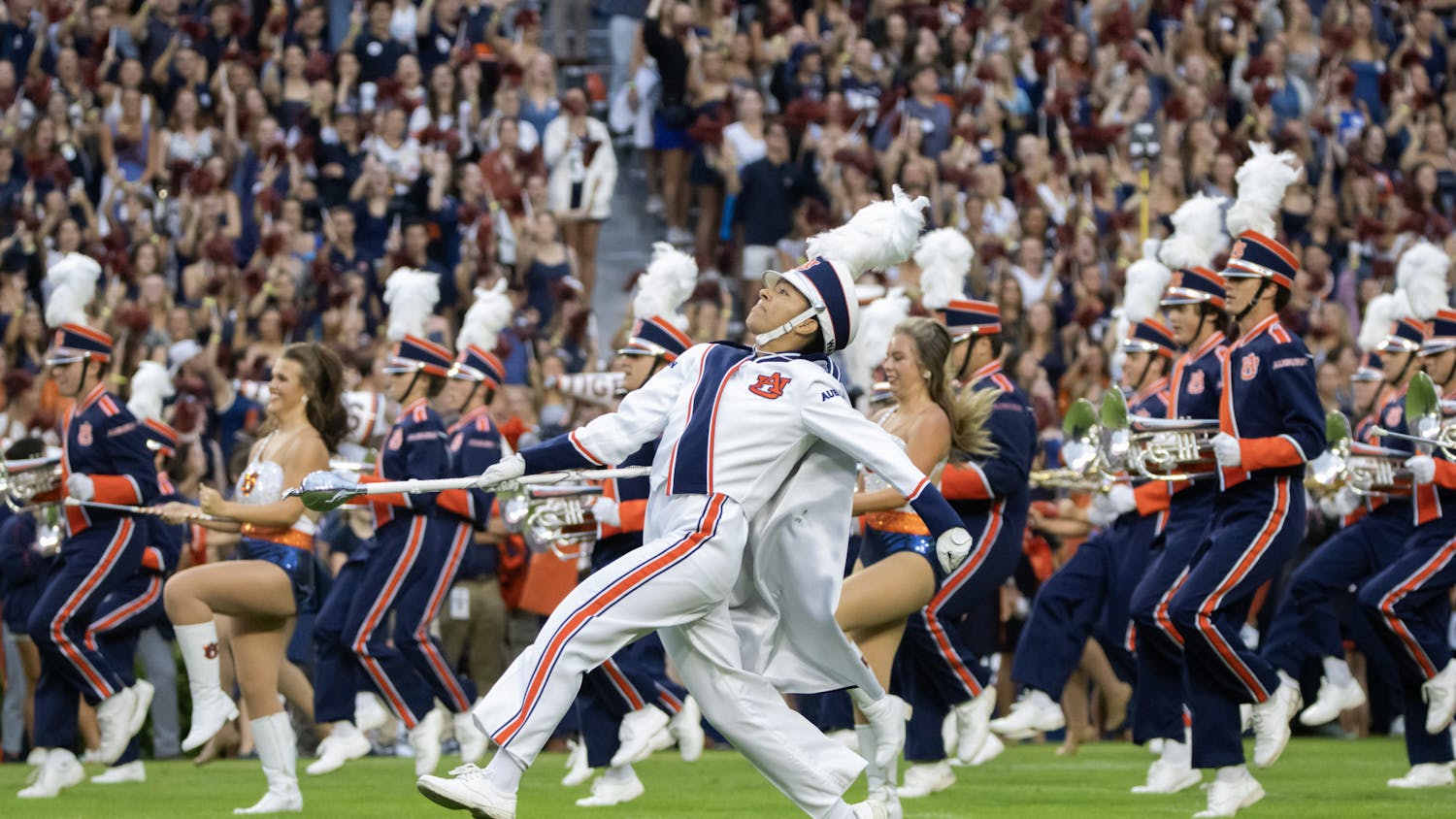Students filled Biggin Hall on Thursday, Feb. 5, as artist Cynthia Farnell, originally from Birmingham, talked about her most recent exhibit, called "Ancestors".
After a brief lecture, the exhibit was open for viewing in the gallery.
Farnell said she graduated from Auburn, and is currently the Director of the Welch School Galleries at Georgia State University in Atlanta.
According to Farnell, she grew up being encouraged by her parents and teachers to pursue her love of art.
"Allyson Comstock was my mentor when I was younger, and she made me think that it was possible for me to become an artist," said Farnell.
For inspiration, Farnell said she enjoys looking at other artists and cultures to see how they view things differently.
Most of Farnell's work includes the themes of place, identity and community.
Farnell said she does not consider herself to have a certain style, but she has always gravitated towards photographic imagery.
Farnell said she does most her work with lens-based imagery because most people can relate to pictures.
"Art can be intimidating ... but most people have a relationship with photography," Farnell said.
Her exhibit, "Ancestors", included examples of lens-based imagery.
The idea for the exhibit came about when Farnell saw a statue of a Roman man with ancestor masks in his hands. Farnell said that made her think about her collection of family photographs.
"I wanted to think about how the stories of my ancestors impacted who I am," Farnell said.
The first piece that started the collection was a Bible belonging to her grandmother, in the form of a scanned image on a black background.
Other images with similar style in the exhibit included a skillet, a conch shell, and a glass bottle.
Hanging from one of the walls were strips of matted posters, each strip with a picture of one of Farnell's female ancestors along with images and symbols describing each one.
While the photographs were on the wall, there were also various projected images on the wall and floor.
On the floor was a box with red dirt taken from Wire Road, which reflected the theme of place and burial.
Farnell said some reoccurring themes in the exhibit were the ocean, portrayed by images of sailboats and the conch shell, and mirrors, which appeared in some of the work.
Audience member Mary Wetzel said the exhibit was easy to relate to, and had a sense of story to it.
"I want the audience to reflect on how they can look more deeply into their family history," Farnell said.
Do you like this story? The Plainsman doesn't accept money from tuition or student fees, and we don't charge a subscription fee. But you can donate to support The Plainsman.





